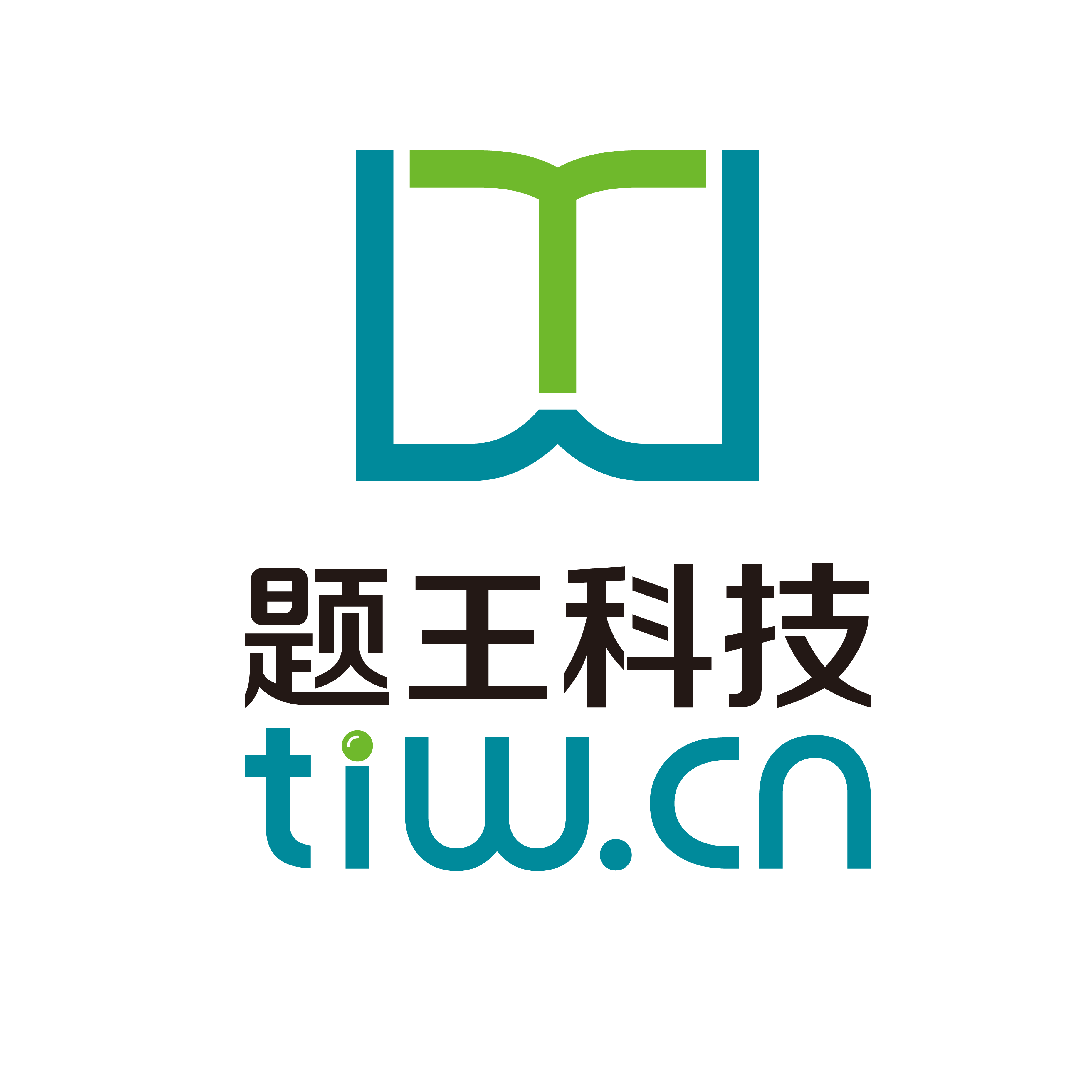 问答题
问答题
Passage 1 ● Read the text taken from a book on marketing management. ● Choose the best sentence to fill in each of the gaps. ● For each gap 9-14, mark one letter A-H on your Answer sheet. ● Do not mark any letter twice. ● There is an example at the beginning. From 1900 until 1940s, approximately 400 shoe manufacturers were operating in New England; by 1985, only 10 percent remained. Griffth Shoes-making Company survived by producing a premium-quality product that was difficult to duplicate and that appealed to a narrow market segment willing to pay high prices for Griffth Shoes-making Company quality. As fashion became a more important component of men’s shoe purchasing behavior and casual styles became more popular, the company broadened its product line to include several fashionable and lightweight styles that retained the famous Griffth Shoes-making Company quality. (9)______ In 1985, the men’s premium shoe market was considered to include brands with a price range of $75 or higher. Griffth Shoes-making Company, Inc. Johnston & Murphy, E. T. Wright & Company, Allen Edmonds, and Florsheim were the major domestic manufacturers producing premium shoes. Measuring market share within the industry was difficult because so many of the manufacturers were private companies, like Griffth Shoes-making Company. (10)______ Allen Edmonds, headquartered in Wisconsin, relied primarily on nonproprietary retail outlets for its distribution. Its advertising was sizable, with expenditures in the $1 million to $2 million range. (11)______ Allen Edmonds also operated a small direct mail catalog business, the majority of whose costs were handled by Edmonds’ retail accounts. E. T. Wright & Company, headquartered in Massachusetts, operated an extensive direct mail business and, like Griffth Shoes-making Company, relied on nonproprietary distribution. (12)______ Florsheim’s product line covered several price points, including those in the premium market. Florsheim was, by far, the strongest competitor, with an estimated market share of 18 percent and both nonproprietary retail distribution channels. Hanover, a medium-priced shoe manufacturer, also was noted for its direct distribution system. (13)______ Imports accounted for a 50 percent share of the total men’s shoe market. Bally, the strongest competitor was the leading imported brand in this market before 1975 and maintained a market share of close to 25 percent at that time. By 1985, other imported brands included Baker Benjes, Cole Haln, Ferragamo, Bruno Magli, and Church’s. (14)______ Most of the imported brands were lighter in weight and designed to appeal to more fashion-conscious consumers. A. The imported products differed from the domestic premium brands, however. B. Nonetheless, Griffth Shoes-making Company faced several strong domestic competitors and unrelenting price competition from imports. C. The continued labor intensity of shoe manufacturing made the industry vulnerable to lower-priced imports. D. In addition, these companies were not always in direct competition because distribution channels differed. E. Despite the market pressures, Griffth Shoes-making Company remained profitable and had even diversified its distribution channels by establishing direct mail cataloging in the late 1970s. F. Johnston & Murphy, on the other hand, operated proprietary retail outlets and experimented in the mail order business for both men’s and ladies’ premium shoes. G. Most of this was spent promoting brand name awareness to consumers. H. The company owned over 100 proprietary retail stores, operated a successful mail order business, and produced private label footwear for J. C. Penney & Sears, Roebuck department stores.
发布日期:2021-08-07


题王网让考试变得更简单
扫码关注题王,更多免费功能准备上线!

此试题出现在
离心泵启动前灌泵,是为了防止()现象发生。
企业购入不需要安装( )的固定资产应由科目核算。
镜腿内侧标有50-16-135标记,其镜架几何中心水平距为()毫米。
下面关于胃溃疡的叙述不正确的是()
医院感染的预防重点是( )。
设备二保包括()等内容。
17-α-羟化酶缺乏症女性患者的临床特点包括()
获得性大疱性表皮松解症的临床特征的描述不正确的是()
冷热刺激可引起疼痛,但刺激去除后疼痛立即消失或仅持续几秒钟()
女性,24岁。两年来有发作性神志丧失,四肢抽搐,服药不规律,今日凌晨开始又有发作,意识一直不清醒,来院后又有一次四肢抽搐发作。患者发作得到控制,清醒后应做的处理是()
非专业可以考出版资格证书吗?有哪些报考条件?
关于BEC考试有哪些备考建议?
为什么要考BEC?
有哪些学习商务英语的好方法?
商务英语考试(BEC)难不难?
都说GRE考试难,那么它究竟难在哪?
什么是GRE考试?
雅思考试在即,如何快速备考?
说说雅思考试那些事
雅思5.5相当于CET几级的水平?
Passage 5Question 8 – 12 ● Read this text which is about issues of a company. ...
Passage 6 ● Read the text below about some of America’s newspapers, which are f...
Passage 1 ● Read the text below about Ad Compaign. ● In most of the lines 41-5...
Passage 10Question19—33 ● Read the text below about the Exxon Mobil Corporation...
Passage 5 ● Read the text below about choosing a career in the field of human r...
Passage 11Question 19—33 ● Read the text below about the management for global ...
Passage 4 ● Read the text below about customer service. ● In most lines there ...
Passage 5 ● Read the text below about a management training course. ● In most ...
Passage 7Questions 34—45 ● Read the text below about how to order products. ● ...
Passage 1 ● Read the text taken from a book on marketing management. ● Choose ...

